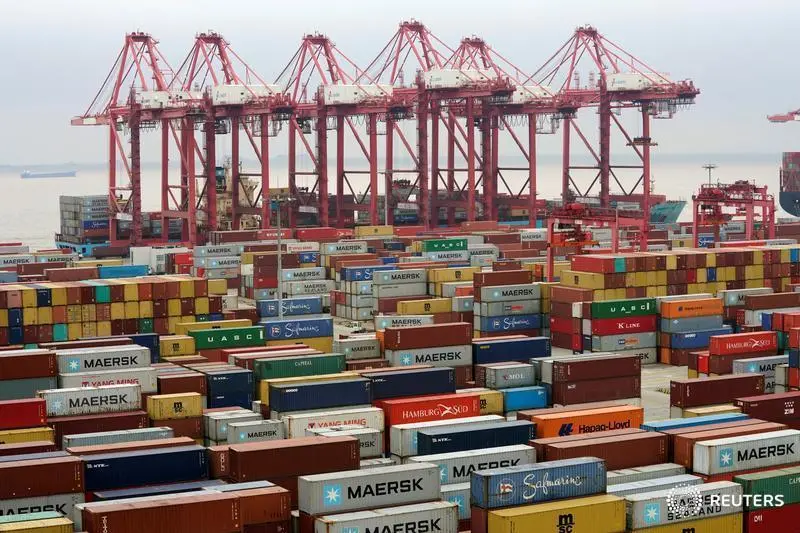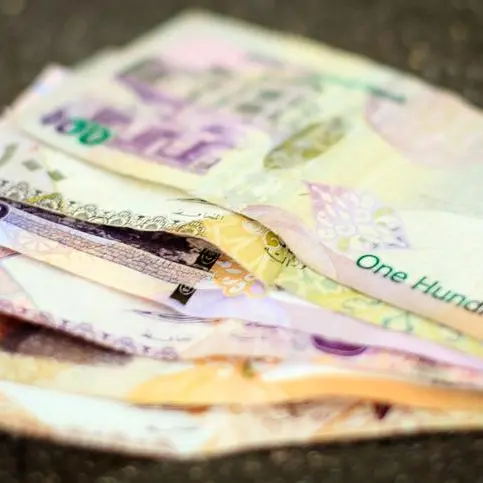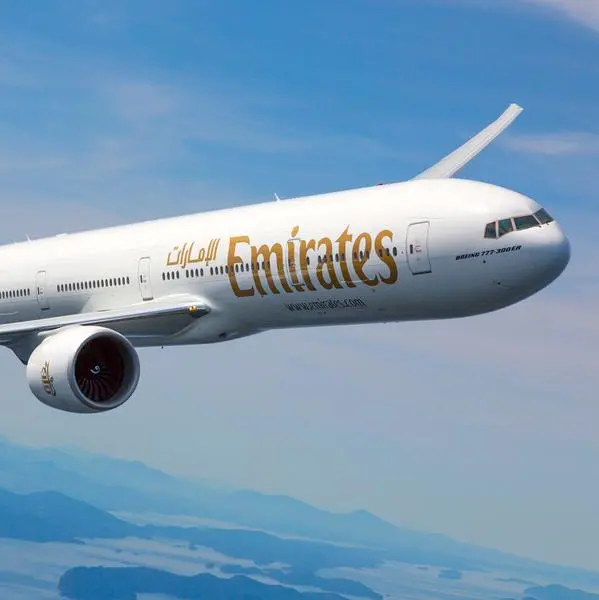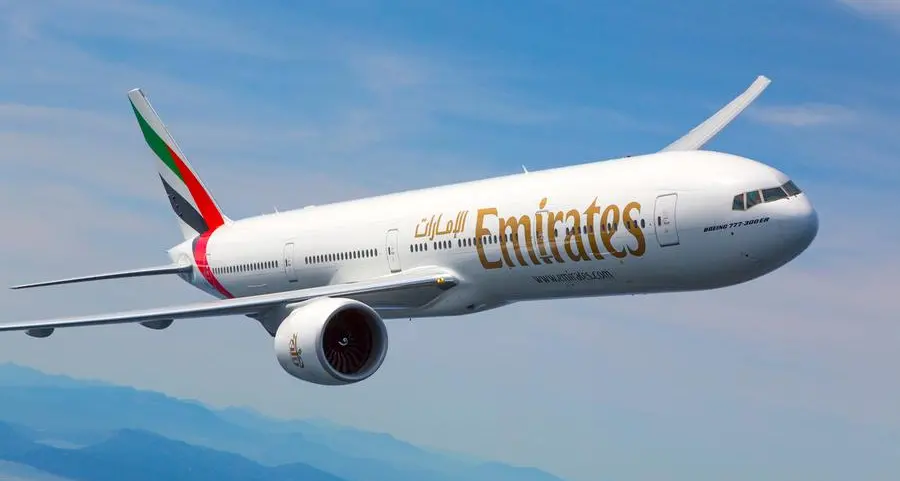PHOTO
NEW YORK - Investors can safely ignore glimmers of hope in the trade war between the United States and China. The latest round of U.S. tariffs on $200 bln of Chinese goods, and Beijing’s response, could have been worse, and that buoyed markets. The S&P 500 Index, Dow Jones Industrial Average and Nasdaq were all slightly up on Tuesday. Investors are missing the bigger picture, though, which is that there’s little to stop things escalating further.
First, the good. America and China reduced the rate at which they were going to tax each other’s goods from a planned 25 percent. Since the latest import duties affect consumer goods like bike helmets and car seats, President Donald Trump didn’t want to alienate voters with high prices just before the November midterm election.
But that just buys time, since the White House aims to boost the tariff rate to 25 percent next year. Which leaves everything dependent on talks between Washington and Beijing that have so far been pointless. An August meeting between China’s Ministry of Commerce and the U.S. Treasury failed to make progress. The latest round of tariffs will most probably kill plans for Treasury Secretary Steven Mnuchin to meet Chinese Vice Premier Liu He.
Testimony about the harmful impact of tariffs also has fallen on deaf ears. Before each round of import duties on Chinese goods have been finalized, the U.S. Trade Representative office has held hearings on how businesses and individuals could be affected. Thousands submitted comments and hundreds spoke at USTR gatherings. While some products have been taken off the tariff list in response, others have been added and the levies have kept moving forward. Trump misleadingly talks about the billions of dollars China is “paying” in tariffs. In fact, these are paid by importers, not by the People’s Republic.
That distorted view of how tariffs work matters, because Trump himself is the one person who controls the trajectory. The next step is likely to be levies on another $267 billion in Chinese goods, covering all Chinese imports. Then restrictions on Chinese investment, and potentially student and business visas. It’s becoming clear that the talks and hearings are a sideshow, and one that the president isn’t watching.
On Twitter https://twitter.com/GinaChon
CONTEXT NEWS
- China said on Sept. 18 that it will levy between a 5 percent and 10 percent tariff on $60 billion in U.S. goods.
- The move is in response to the White House announcing a 10 percent import duty on about $200 billion in Chinese goods, which will go into effect on Sept. 24. The levy will rise to 25 percent on Jan. 1, 2019.
- Before the latest round of tariffs were announced, U.S. Treasury Secretary Steven Mnuchin sent an invitation to Chinese Vice Premier Liu He and other officials to talks aimed at reducing tensions. China will likely cancel that meeting, according to the South China Morning Post.
- For previous columns by the author, Reuters customers can click on CHON/
- SIGN UP FOR BREAKINGVIEWS EMAIL ALERTS http://bit.ly/BVsubscribe
(The author is a Reuters Breakingviews columnist. The opinions expressed are her own.)
(Editing by John Foley and Amanda Gomez) ((gina.chon@thomsonreuters.com; Reuters Messaging: gina.chon.thomsonreuters.com@reuters.net))












